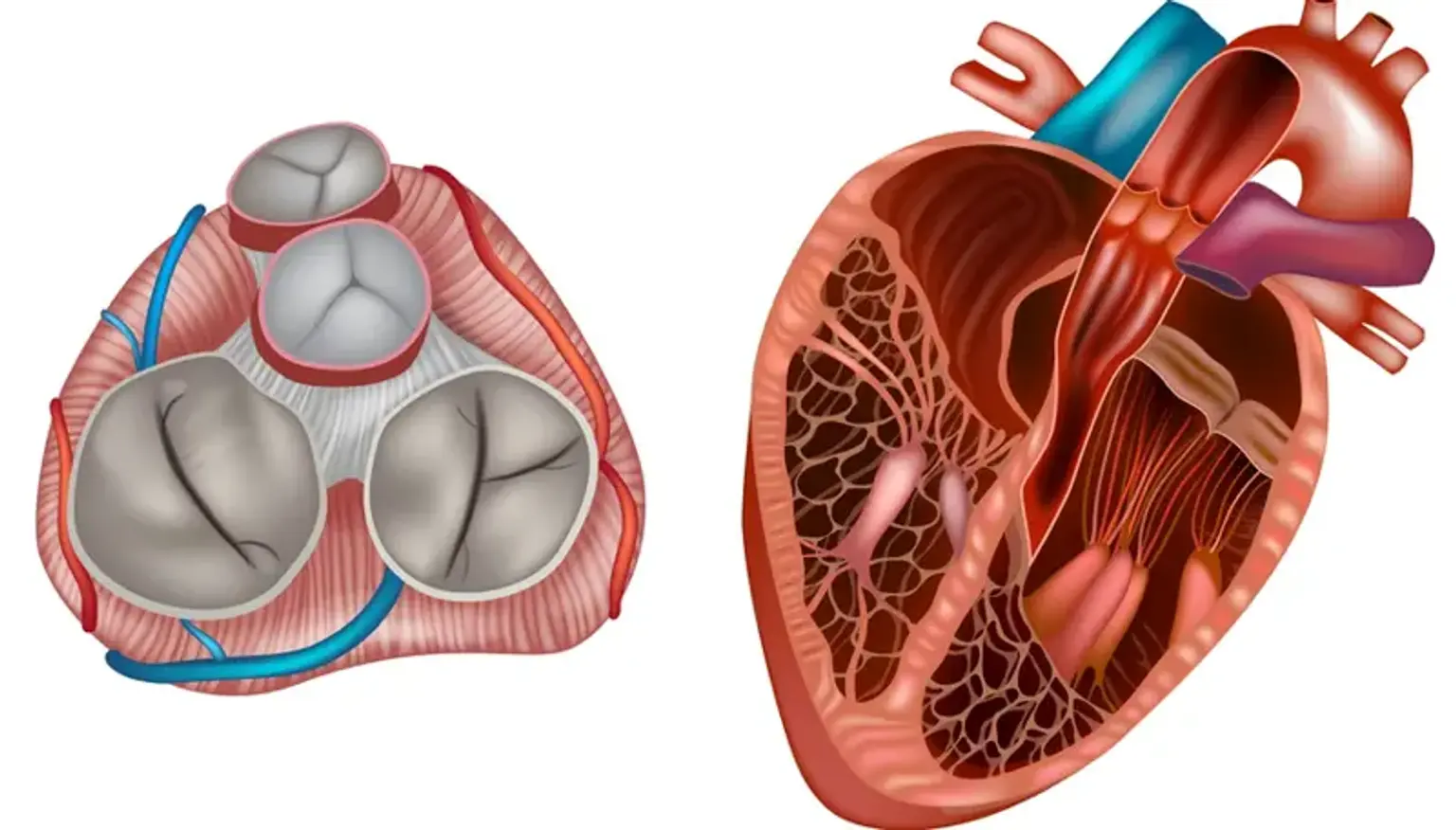Valvular Heart Disease
Overview
Every time your heart beats, four little gatekeepers control the flow of blood in your heart. These valves consist of four tiny flaps that open and close with each beat. The Pulmonary and Tricuspid valves allow deoxygenated blood (blood devoid of oxygen) to return to the heart and subsequently to the lungs. The Aortic and Mitral valves allow oxygen-rich blood to travel from the lungs into the heart, which then pumps it to the rest of the body.
